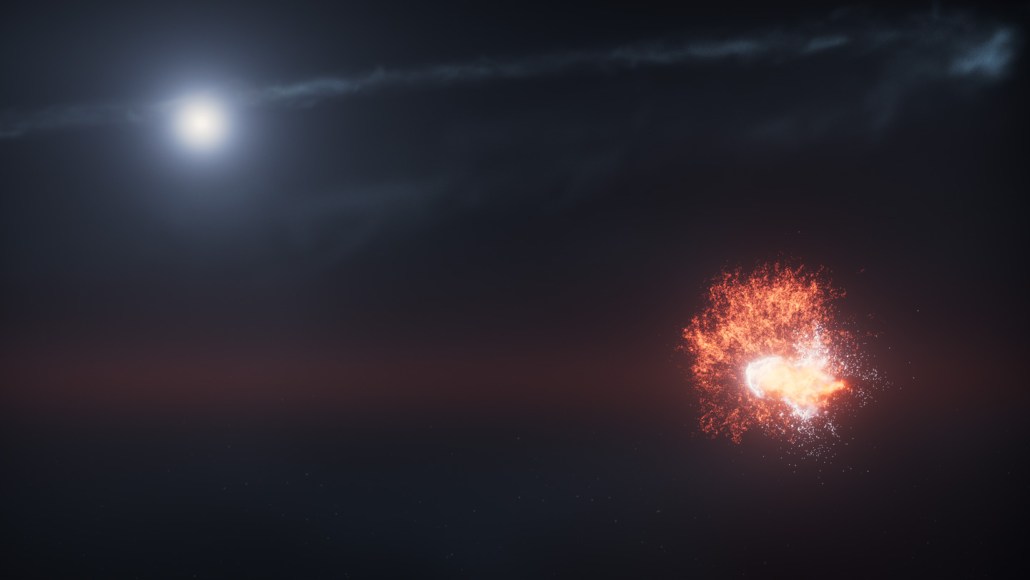
Astronomy
New Hubble images may solve the case of a disappearing exoplanet
A massive collision between two asteroid-sized bodies around a nearby star offers a rare look at the violent process of planetary construction.
Every print subscription comes with full digital access

A massive collision between two asteroid-sized bodies around a nearby star offers a rare look at the violent process of planetary construction.
We summarize the week's scientific breakthroughs every Thursday.

The tiny pantheon known as the Asgard archaea bear traits that hint at how plants, animals and fungi emerged on Earth.

A microphone on NASA’s Perseverance rover recorded the sounds of electrical discharges generated by dusty gusts.
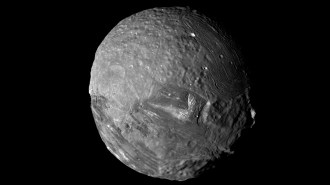
Simulations show that subsurface oceans on small moons may hit boiling conditions, potentially creating features like Miranda’s distinctive ridges.
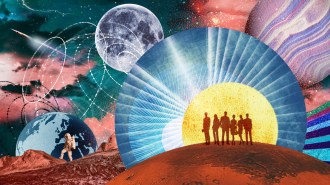
Funding uncertainties are pushing U.S. space scientists out of the field and putting existing and future space missions on the chopping block.
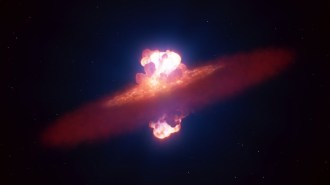
Some of the earliest images ever taken in the wake of massive star’s death give astronomers important clues about what triggers a supernova.
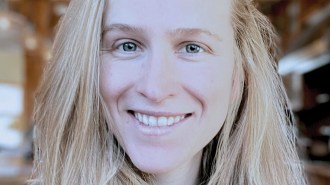
Planetary scientist Adeene Denton runs computer simulations to investigate Pluto, the moons of Saturn and other icy bodies in the solar system.
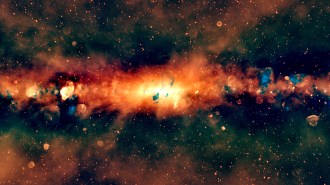
Supernova remnants, stellar nurseries and more populate the new edge-on view of the Milky Way as seen from Earth’s southern hemisphere.

Tests on olivine hint that water-rich exoplanets could generate H2O internally, possibly explaining ocean worlds and even some of Earth’s early water.

Theoretical physicist Alex Lupsasca is pushing for a space telescope to glimpse the thin ring of light that is thought to surround every black hole.
Subscribers, enter your e-mail address for full access to the Science News archives and digital editions.
Not a subscriber?
Become one now.